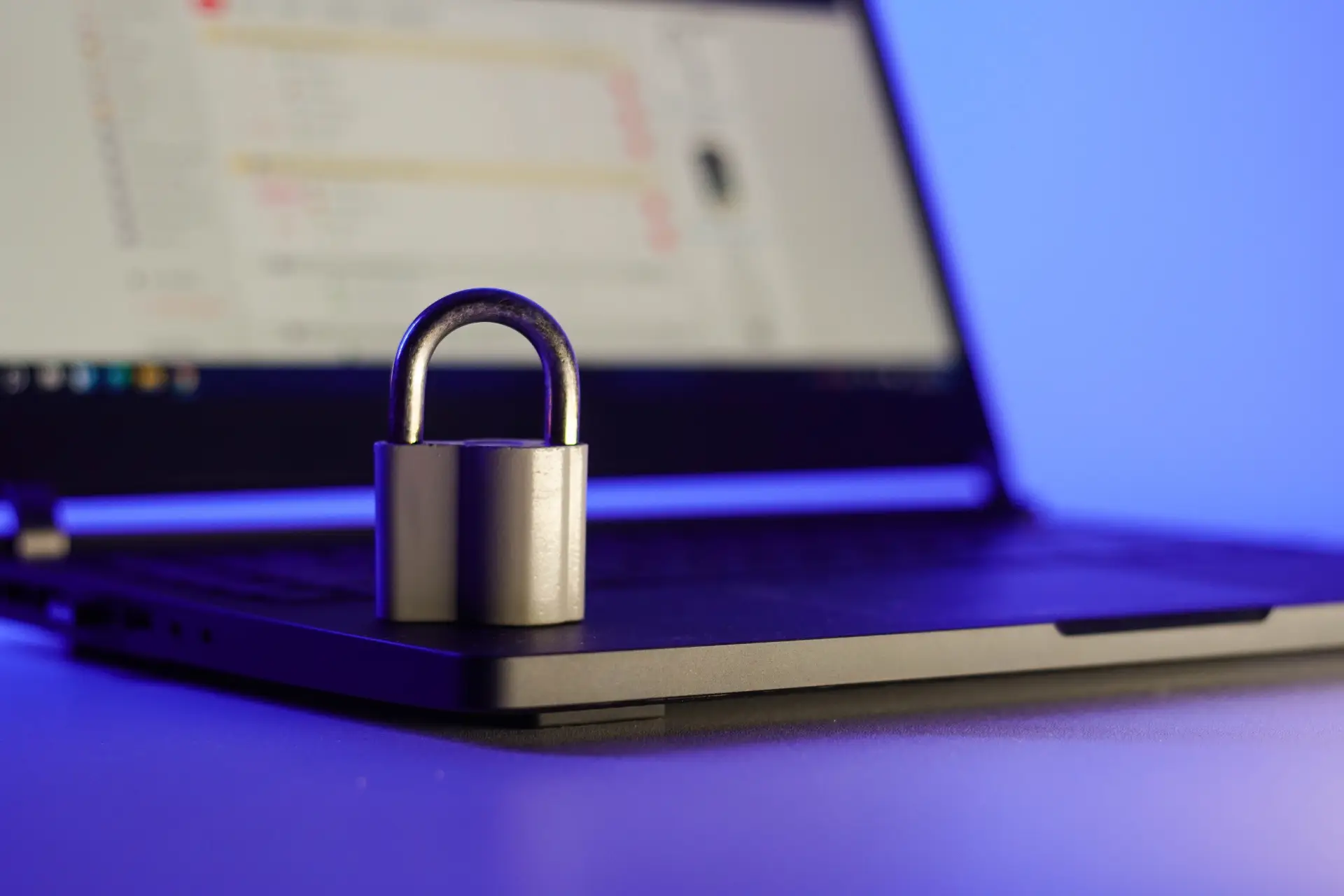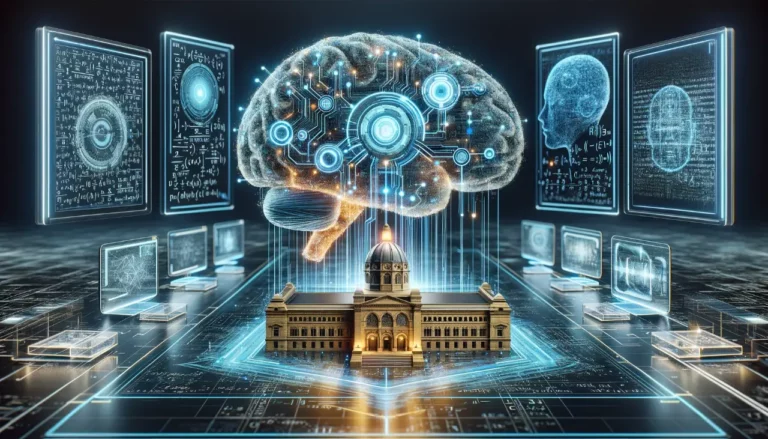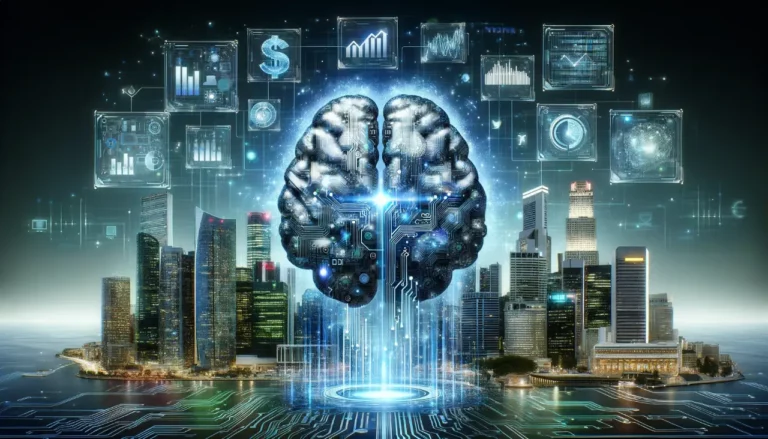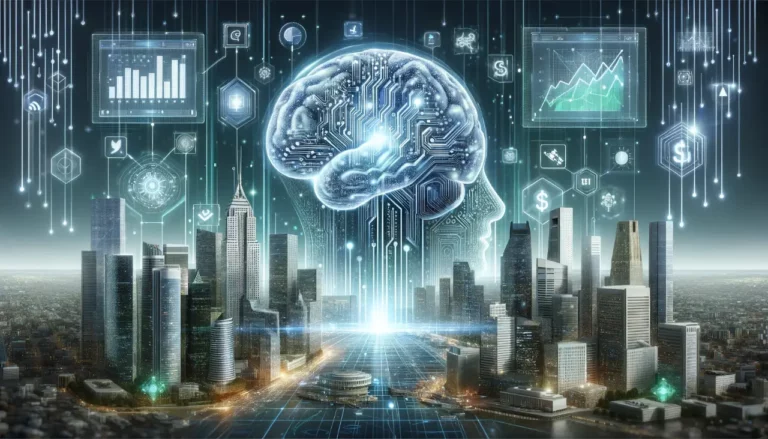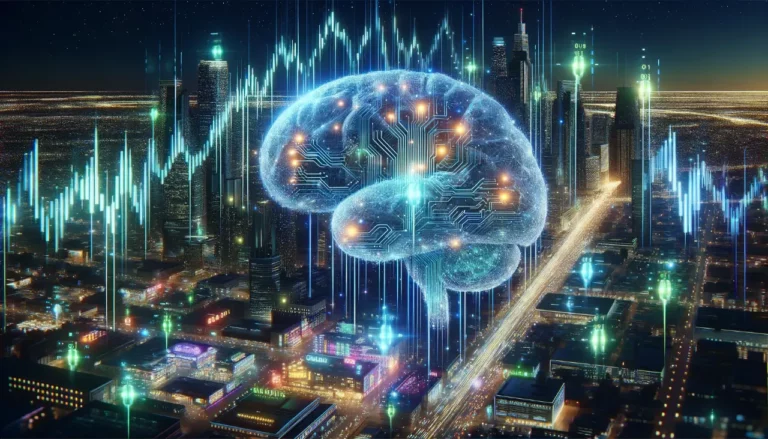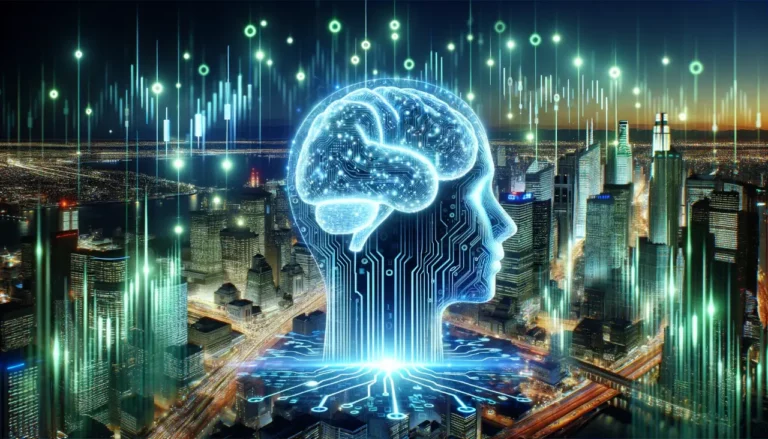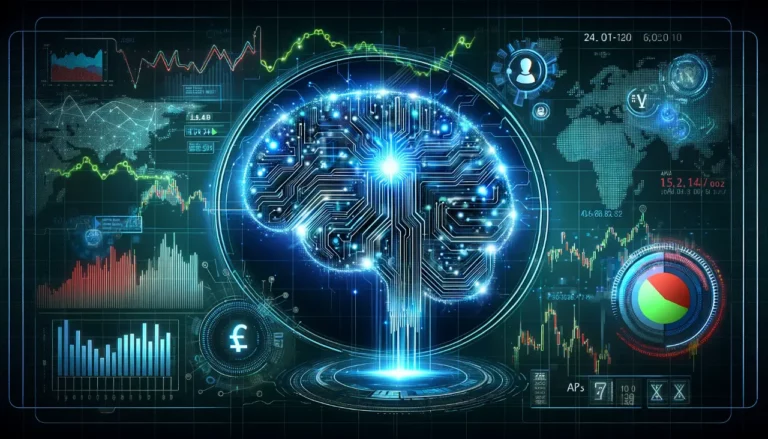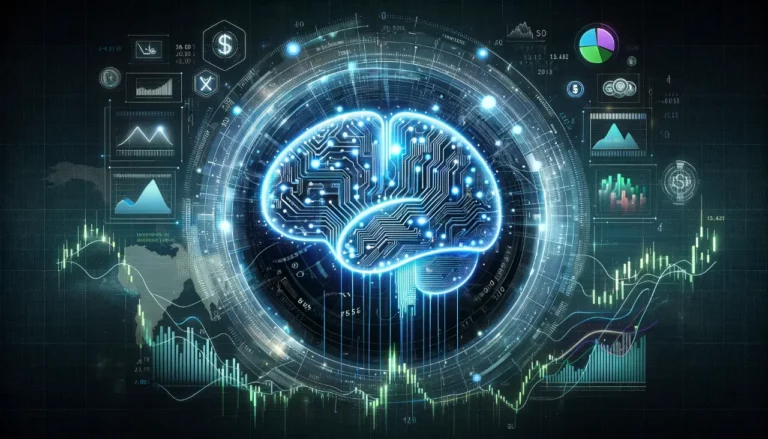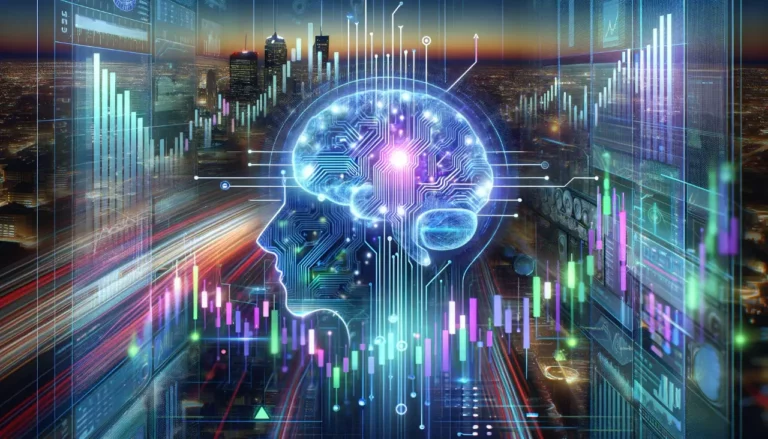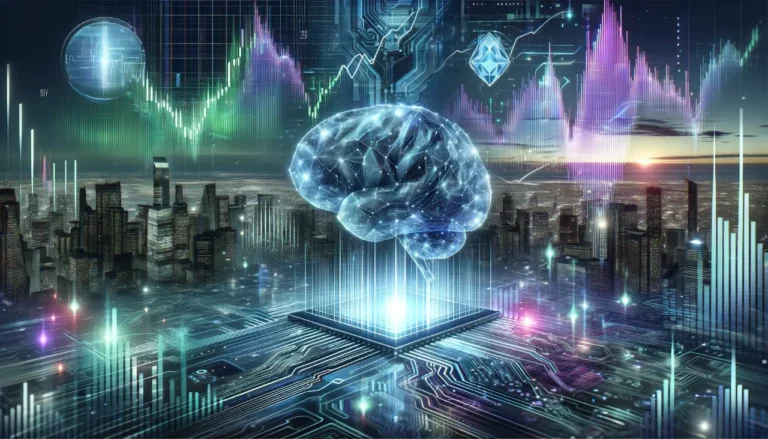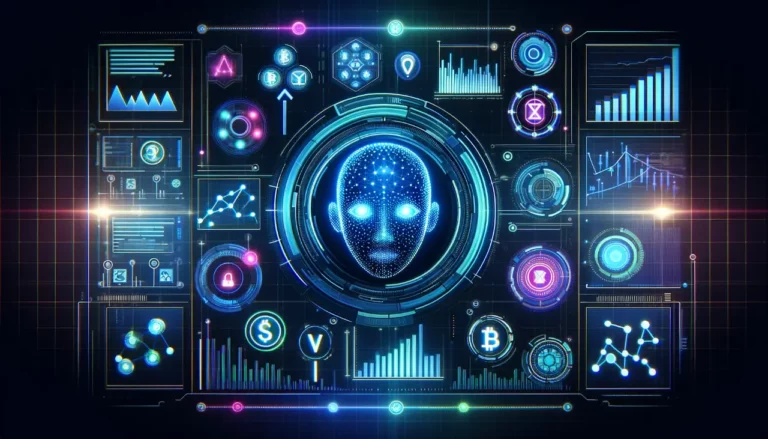Cyberattacks are constantly evolving. To stay ahead, IT teams need to be able to quickly identify and analyze threats and find ways to prevent them.
This is a complex task that requires context, research and creativity. It is a task that AI can help with but cannot fully perform on its own.
1. Detecting Threats
In cybersecurity, AI helps identify and prioritize security alerts and automate many of the tasks that would be difficult for human security personnel to complete. This frees up time for humans to address the most serious threats and reduces the risk of a breach.
Traditional cybersecurity tools use signature-based detection to identify malware based on predetermined rules, but cybercriminals are constantly developing ways to evade these measures. AI-powered cybersecurity tools can detect advanced threats using ML algorithms and deep learning to analyze data sets, identifying patterns that human analysts may miss.
ML and deep learning also help to reduce the frequency of false positives, which can impede effective threat response. This is critical as too many false alarms waste resources by directing cybersecurity teams to investigate unnecessary issues.
2. Detecting Malware
Malware detection is one of the most important functions in cybersecurity. Without it, organizations and states could experience a loss of funds or critical data, cyber attacks or cyber espionage. Using dynamic deep learning, AI-based antivirus tools can effectively detect modern malware.
The technology analyzes large sets of data from both malicious and non-malicious files, discovering patterns and features common to malware. This allows it to detect new viruses and evasion methods that bypass traditional signature-based protection.
Moreover, the technology enables to detect malware in all stages of an attack. For example, it can identify fileless threats that do not trigger system scanning or notice anomalies in user behavior, identifying potentially harmful activities and blocking them. It also helps to detect zero-day malware.
3. Detecting Phishing Attacks
Previously, cybersecurity systems looked for specific signatures of malicious activity. Using ML, systems like Kaspersky can now look for a range of potential indicators that could be the first signs of an attack.
ML can also provide context for response and prioritization to security alerts, speed up incident responses and accelerate root-cause analysis. Additionally, it can offer prescriptive insights on how to mitigate vulnerabilities and improve configuration and enhancement controls to optimize cyber resilience.
Threat actors are constantly finding ways to evade rule- and signature-based detection. But AI can identify patterns that humans may miss, and help to ensure that all threats are identified, even zero-day exploits that haven’t been seen before. It can also be used to detect phishing attacks and warn users of fraudulent emails or messages.
4. Detecting Social Engineering Attacks
AI can help with detecting social engineering attacks, as well as malware and phishing. This is because the technology can analyze large amounts of data and identify patterns that are often missed by rule and signature-based solutions.
Unlike traditional security measures, which require constant updates and maintenance to stay effective, AI can adapt and learn from new data, improving its performance over time. This can save organizations both time and money.
However, it is important to note that AI cannot replace human security personnel. Instead, it should be used to complement existing tools and processes. This way, human teams can focus on more complex threats and prevent breaches from occurring in the first place. This will also ensure that critical security alerts are addressed quickly and effectively, reducing the impact of any incidents that do occur.
5. Detecting Ransomware Attacks
In the realm of cybersecurity, AI can help with detecting ransomware attacks. This is done by analyzing user behavior and interactions with their systems to identify abnormalities, which could indicate an attempted attack. This is accomplished by using a combination of machine learning and behavioral analysis.
The cybersecurity AI market is growing rapidly owing to the demand for effective malware protection and data security. It is also being driven by the need for faster incident response times and improved Mean Time to Resolution (MTTR).
Although AI can enhance cybersecurity, it should not be used to replace human teams. Cybercriminals are getting smarter, and they can develop sophisticated malware to evade detection by traditional security measures. Consequently, it’s important for organizations to use advanced technologies that are constantly improving to stay ahead of the curve.

